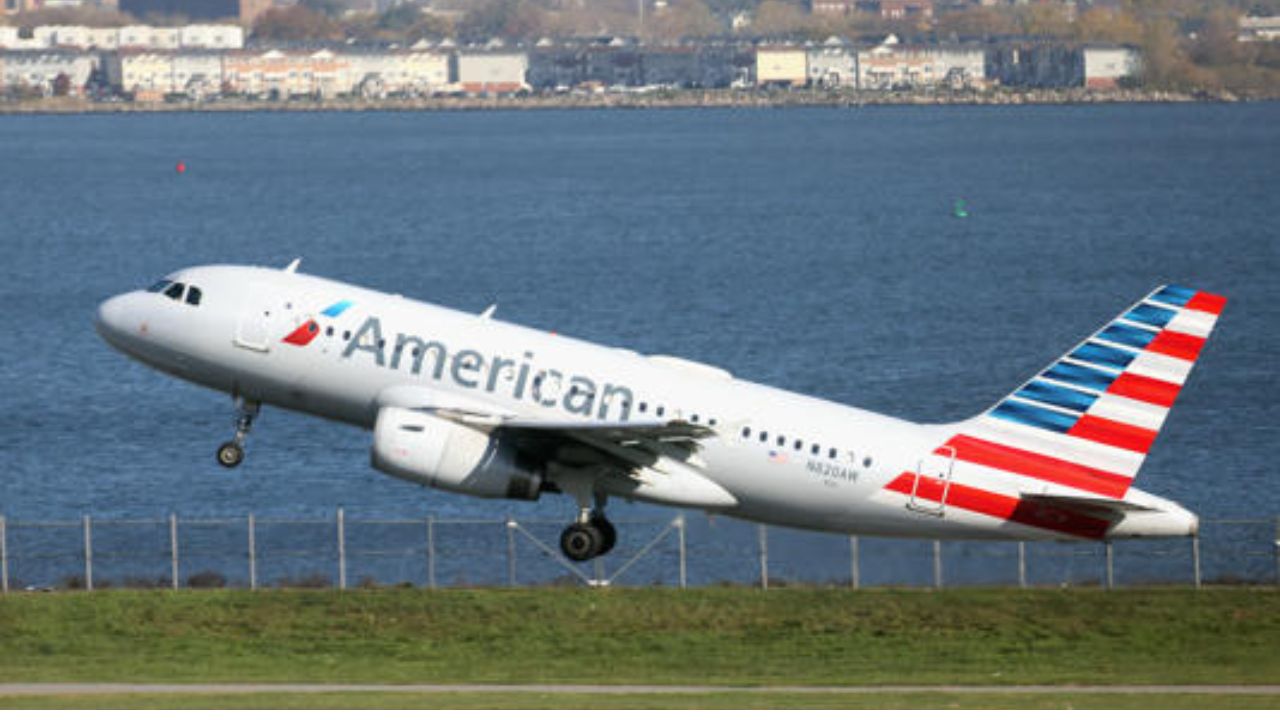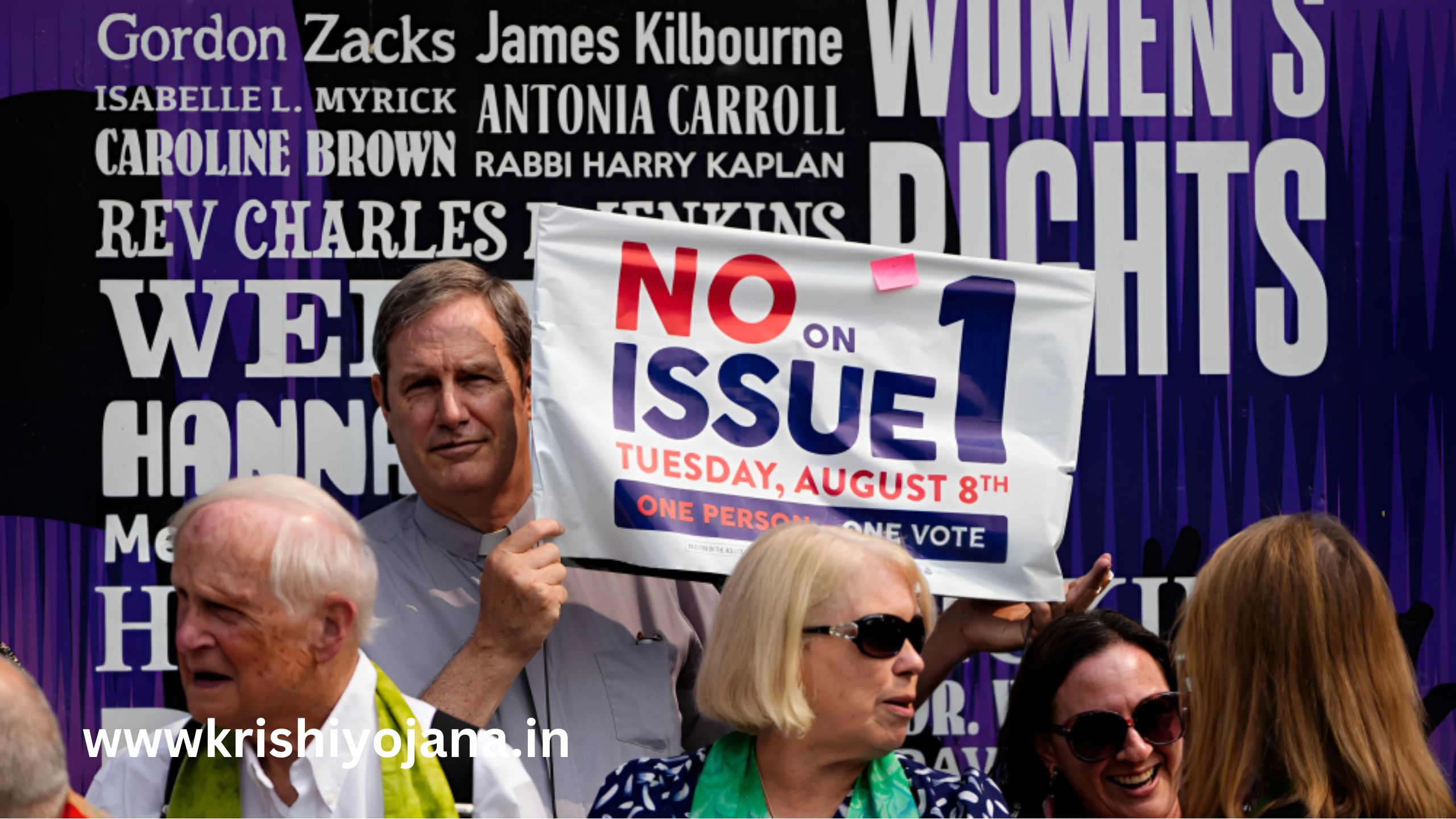In a heart-stopping incident outside John F. Kennedy International Airport (JFK), an American Airlines flight narrowly avoided a mid-air collision, raising concerns about aviation safety and prompting an urgent investigation into the circumstances surrounding the near miss.
The incident unfolded in the skies above the busy airspace surrounding JFK, a hub known for its high volume of air traffic. The flight involved, American Airlines [Flight Number], was en route to [Destination] when it faced a critical situation that could have resulted in a catastrophic mid-air collision.
Details surrounding the event remain closely guarded, with aviation authorities and airline officials initially hesitant to disclose specific information. However, it has been confirmed that air traffic controllers played a crucial role in averting disaster. Sources suggest that the controllers detected the imminent danger and issued swift instructions to the American Airlines crew, guiding them through a series of emergency maneuvers to evade the potential collision.
The Federal Aviation Administration (FAA) and the National Transportation Safety Board (NTSB) have launched a joint investigation into the incident, aiming to determine the root cause and any contributing factors. Preliminary reports indicate that a breakdown in communication or a possible error in air traffic control instructions may have played a role, but these aspects remain speculative pending the official investigation.
Passengers on board the American Airlines flight reported a tense and anxious atmosphere as the aircraft executed the evasive maneuvers. Many expressed gratitude for the quick thinking of the flight crew and air traffic controllers, acknowledging that their actions likely prevented a tragic outcome.
Concerns about the incident have reignited discussions surrounding the broader issue of air traffic congestion and the need for enhanced safety measures in busy airspace. Aviation experts and industry stakeholders are closely watching developments in the investigation, anticipating recommendations and potential regulatory changes to address systemic issues.
The airline industry, including American Airlines, is under increased scrutiny as safety advocates and passengers demand transparency and accountability. Some critics argue that the incident highlights the need for technological advancements, such as improved collision avoidance systems, to ensure the safety of air travel in increasingly crowded skies.
As the investigation unfolds, the involved parties are expected to face heightened public scrutiny, and the incident may have implications for future air traffic management and safety protocols. The aviation community is on edge, awaiting the conclusive findings that will shed light on what went wrong and what measures can be taken to prevent similar incidents in the future.



